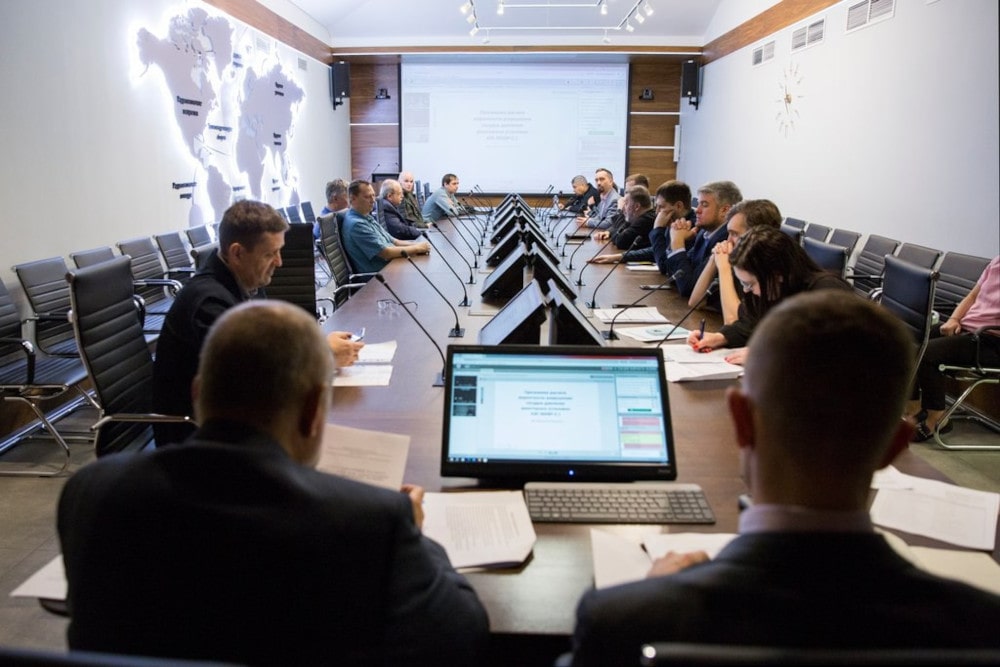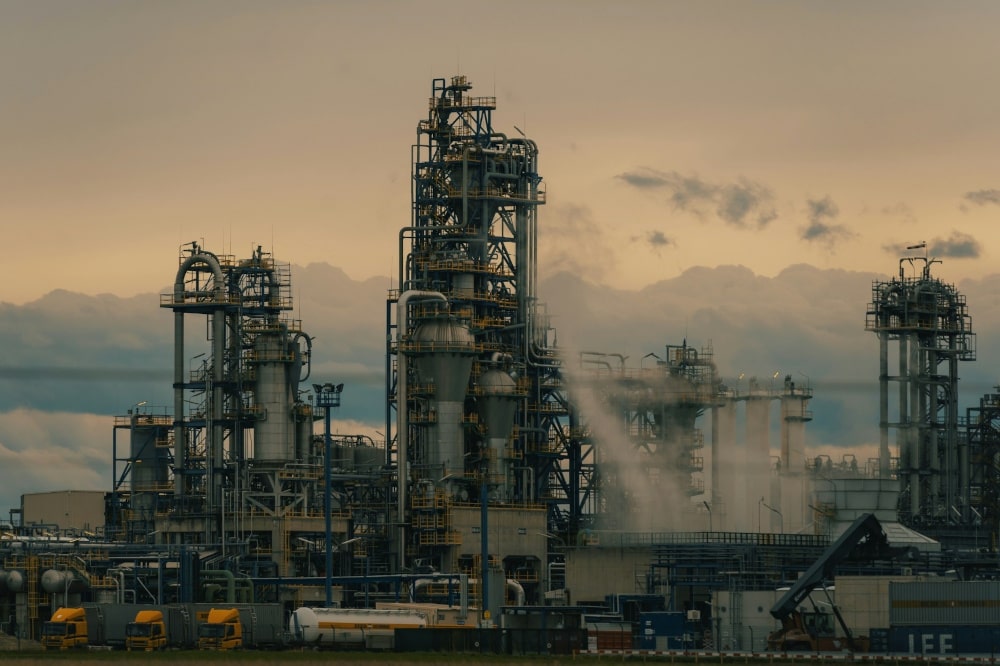Proceedings of EECE 2020
DOI:https://doi.org/10.1007/978-3-030-72404-7_22
Authors: A. Dmitriev, V. Lalin, A. Melnikov
The problem of the progressive collapse of the building is one of the key issues in civil engineering today. Progressive collapse is the failure of the whole structure caused by local damage, which leads to significant economic losses. Therefore, structures should be designed to sustain local failures and resist subsequent nonproportional damage. Current Russian Code Design SP 385.1325800.2018 provides several computational procedures to determine the response of building after local failure. However, these procedures lead to different results and therefore require examination. This paper is a numerical study of the behavior of a two-story reinforced concrete building under a corner-column failure scenario. Validation of results is performed based on an experiment conducted by Adam et al. We use the finite element method and several computational procedures: nonlinear dynamic, linear dynamic, and linear static. Time-history displacements obtained from nonlinear dynamic procedure completely fit the experimental ones; the mismatch is in the range from 0.6% to 6.6% for different points. The linear static and linear dynamic procedures lead to the same peak displacements. However, these displacements are strongly underestimated in comparison to experimental ones. The error of linear methods reaches 56% for the peak displacements and 72% for the residual displacements. This dramatic mismatch is caused by significant nonlinear behavior and damage after the failure of the corner column. Further research may be related to improving the linear static procedure based on the results obtained from the nonlinear dynamic procedure.

.png)





